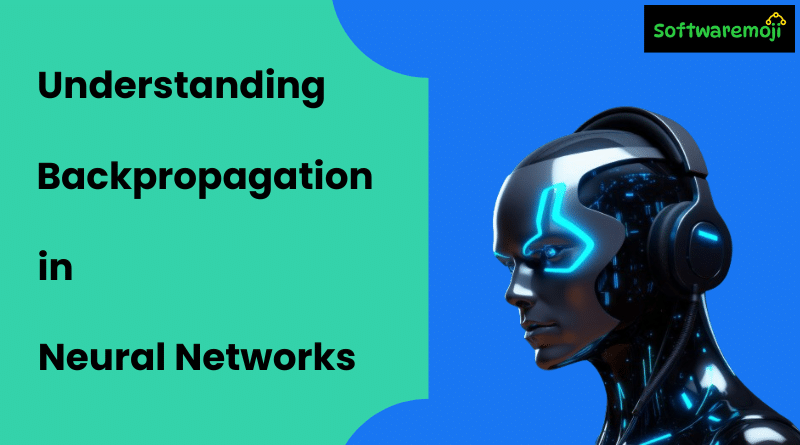
➡️Understanding Backpropagation in Neural Networks
Backpropagation in Neural Networks: A Comprehensive Overview
➡️What is Artificial Neural Networks?
Artificial Neural Networks (ANNs) are computational models inspired by the human brain. They consist of interconnected input-output units (neurons) that work together to process data and create predictive models. These networks are essential in fields like image recognition, speech processing, and more, helping machines learn from large datasets.
➡️What is Backpropagation?
Backpropagation, or “backward propagation of errors,” is a vital process in training neural networks. This algorithm fine-tunes the weights of a neural network by calculating the gradient of the loss function and adjusting the weights to minimize the error in predictions. It helps the model generalize better and increase accuracy by reducing the error rate after each iteration (epoch).
➡️How Backpropagation Works:
- Forward Pass:
- Inputs (X) are passed through the network from the input layer to the hidden layers and ultimately the output layer.
- Each connection between layers has an associated weight, which influences the output.
- Error Calculation:
- The error is calculated by comparing the actual output to the desired output: Error=Actual Output−Desired Output\text{Error} = \text{Actual Output} – \text{Desired Output}Error=Actual Output−Desired Output
- Backpropagation:
- The error is propagated backward from the output layer to the hidden layers.
- Weights are adjusted based on the calculated error to minimize future prediction errors.
- Repeat:
- The process repeats for each iteration until the model achieves an acceptable level of accuracy.
➡️Why Do We Need Backpropagation?
Backpropagation is necessary because:
- It efficiently updates weights to minimize prediction errors.
- It is simple, fast, and easy to implement.
- It does not require prior knowledge of the network structure.
- It works well for deep learning applications.
➡️Feedforward Neural Network:
A feedforward neural network is a type of neural network where connections do not form cycles. It consists of an input layer, hidden layers, and an output layer. It’s the simplest form of artificial neural networks used for various machine learning tasks.
➡️Types of Backpropagation Networks:
- Static Backpropagation:
- Useful for solving static classification problems, such as Optical Character Recognition (OCR).
- The mapping of inputs to outputs is fixed.
- Recurrent Backpropagation:
- Suitable for dynamic or time-series data.
- The network continually processes inputs until a stable output is achieved before computing the error.
➡️History of Backpropagation:
- 1961: The concept of continuous backpropagation was derived in control theory.
- 1974: Paul Werbos proposed the use of backpropagation in neural networks.
- 1986: Backpropagation gained popularity due to research by David Rumelhart, Geoffrey Hinton, and Ronald Williams.
- 1993: Backpropagation was successfully used to win an international pattern recognition competition.
➡️Key Points About Backpropagation:
- Backpropagation simplifies the network structure by reducing ineffective weighted links.
- It assesses the impact of input variables on network output.
- It’s crucial for deep neural networks involved in complex tasks like image and speech recognition.
- The algorithm leverages the chain and power rules to handle multiple outputs efficiently.
➡️Best Practices in Backpropagation:
Using the “Shoe Lace” analogy:
- Too little tension: The model is undertrained (loose connections).
- Too much tension: The model is overtrained (prone to overfitting).
- Balanced tension: Ensures an optimal learning process without underfitting or overfitting.
➡️Disadvantages of Backpropagation:
- It is sensitive to noisy data and requires clean, well-prepared data for optimal performance.
- The algorithm’s effectiveness is dependent on the quality and relevance of input data.
- It may be slower for large datasets and complex models if not optimized properly.
Unsupervised Learning in Machine Learning:-
➡️Summary:
Backpropagation is a core technique in machine learning that helps train neural networks by adjusting the weights to minimize errors. It has been instrumental in solving complex problems like image and speech recognition. Though fast and easy to implement, backpropagation is sensitive to noisy data, and its success relies on clean data and proper optimization.
